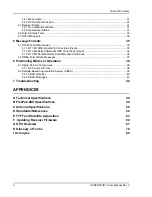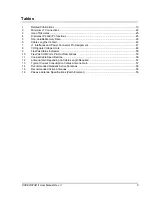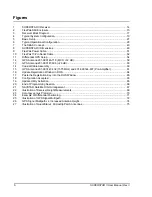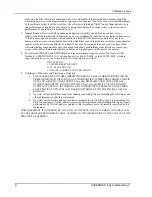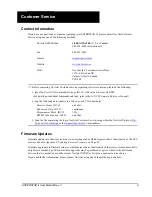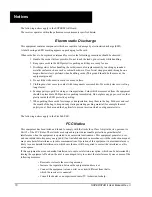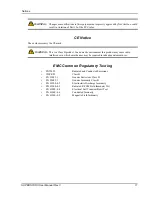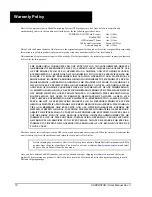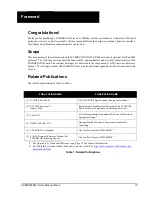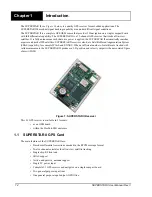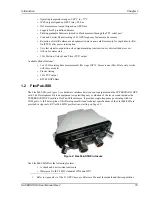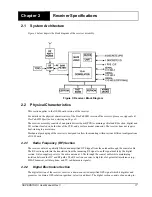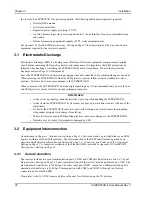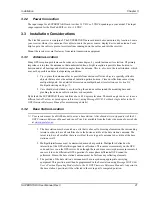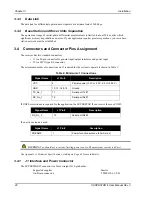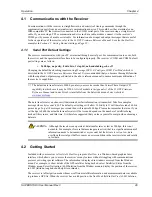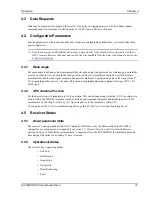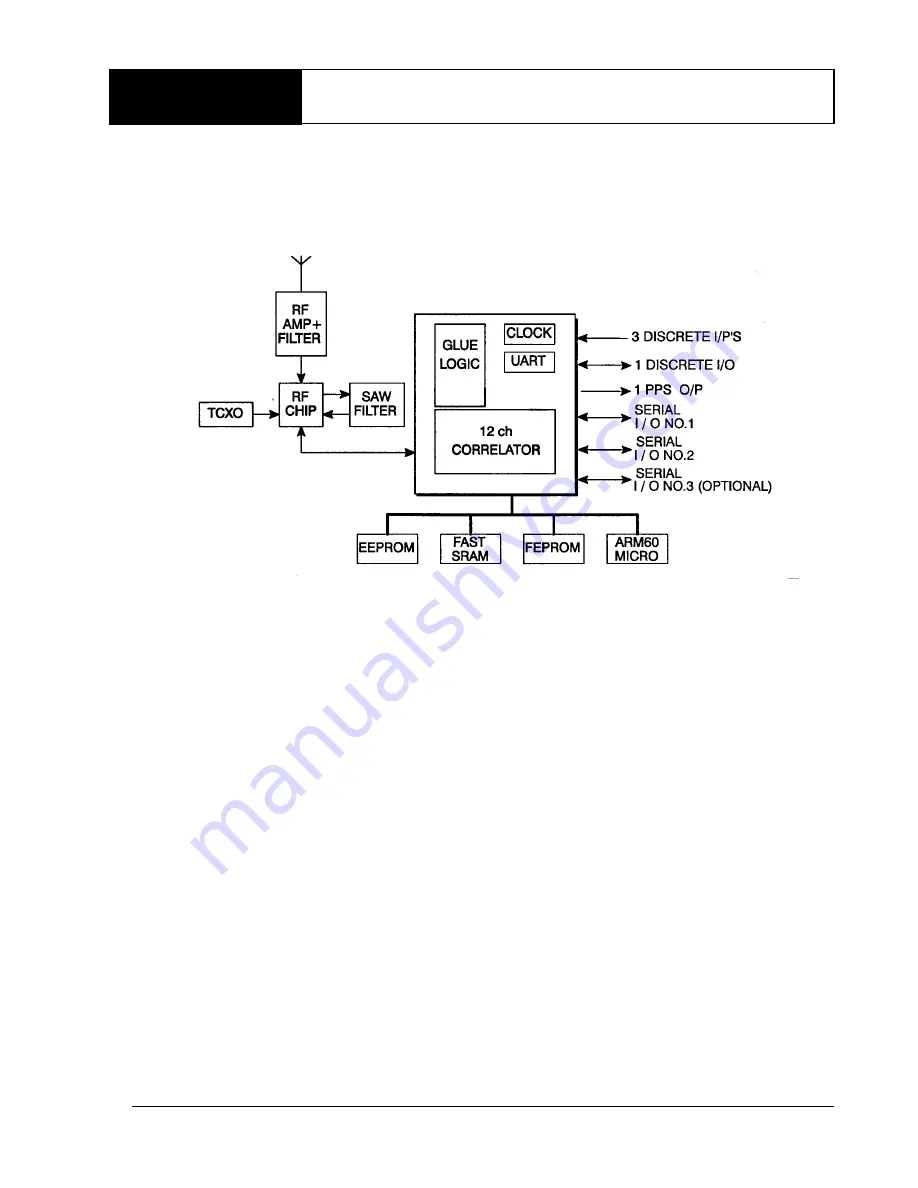
SUPERSTAR II User Manual Rev 3
17
Chapter 2
Receiver Specifications
2.1
System Architecture
Figure 3
below depicts the block diagram of the receiver assembly.
Figure 3: Receiver Block Diagram
2.2
Physical Characteristics
This section applies to the OEM board version of the receiver.
For details on the physical characteristics of the FlexPak-SSII version of the receiver, please see
Appendix B,
FlexPak-SSII Specifications
, starting on
Page 49
.
The receiver assembly consists of one printed circuit board (PCB) containing a shielded RF section, digital and
I/O sections located on both sides of the PCB, and a surface mount connector. The receiver does not require
heat-sinking to a metal case.
Mechanical packaging of the receiver is designed to allow for mounting within various different configurations
of OEM units.
2.2.1
Radio Frequency (RF) Section
The receiver obtains a partially filtered and amplified GPS signal from the antenna through the coaxial cable.
The RF section performs the translation from the incoming RF signal to an IF signal usable by the digital
section. It also supplies power to the active antenna’s LNA through the coaxial cable while maintaining
isolation between the DC and RF paths. The RF section can reject a high level of potential interference (e.g.,
MSAT, Inmarsat, cellular phone, and TV sub-harmonic signals).
2.2.2
Digital Electronics Section
The digital section of the receiver, receives a down-converted, amplified GPS signal which it digitizes and
processes to obtain a GPS solution (position, velocity and time). The digital section consists of an analog-to-


